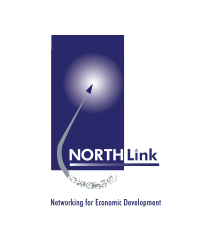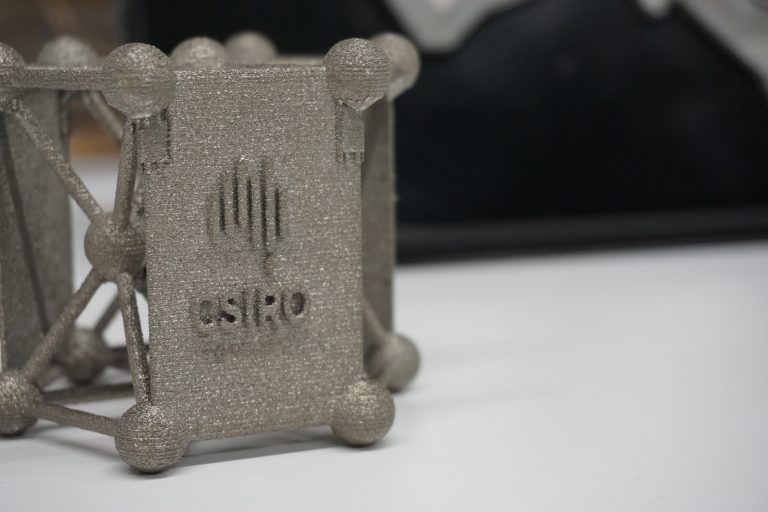
On Tuesday 19 February, we had the pleasure of facilitating a tour of the CSIRO Lab 22 3D printing facilities. More than 40 guests attended, from CEOs to students, representing the manufacturing industry to education to logistics.
3D printing is important because it enables automation of
the manufacturing process.
The day began with a quick word from Chris James welcoming attendees and letting them know about NORTH Link’s pNorth and West Melbourne Data Analytics Hub. The Hub offers businesses the opportunity to take data students from a variety of tertiary institutions to address a business problem as scoped out by the organisation and NORTH Link.

After that, CSIRO’s Daniel East spoke
to the full room about the exciting opportunities that CSIRO have available.
While he did speak about the mechanics and science behind the machines and how
they operate, he also detailed how businesses can get involved and what the
process can offer them.
And then the tour began.

We were taken into a laboratory filled with example
displays. Replacement body parts, logos, spheres, machine parts and bikes, the
range seemed limited to your imagination. An important example was titanium
heels and ribcages for cancer patients. This room also clued us in to something
else; the range of materials that could be used for 3D printing. In our brief
time in that room, we saw zinc, iron, bronze, magnesium, titanium and even
sand.
In the next room, we were broken up into smaller groups to
see the individual machines the CSIRO operate.
At the V Xeljet VX1000 (the machine that 3D prints sand), we were told how these 3D sand models can act as inexpensive casts for a short run of uses. Not only that, but the process can will take a mere day or two, whereas most original casts can take up to six weeks to get right.

Next was the machine from Aurora Labs. This machine was the
least expensive machine in the lab, making it worth hundreds of thousands
instead of millions. While much cheaper, this machine doesn’t compromise on the
quality of its printing, still managing to create prints with fine details.
Perhaps the most visually impressive machine was the Optomec, given the window it had into the 3D printing process. Even with the protective tinted glass, attendees were still anxious about the bright light the printer emitted. This machine was able to use multiple materials in the one print, one such item was a fusion of diamond and steel.

The Concept Laser M2 Cusing was next, and we were able to
see on a screen how it took mere seconds to zap an area greater than any other
machine in the facility. This machine is four years old, and we were told newer
machines have more lasers, meaning that they can get the job done even faster.
The benefit of this machine over the others in the facility is that it can
print extremely smooth surfaces, giving a finish that feels nice to the touch.
Finally, there was the Arcam EBM System. This machine was hot. It is designed to keep the coolest parts of the print at temperatures of at least 700 degrees Celsius to aid the printing and bonding process. Next to it, a CSIRO worker was pulling parts off his cubes, the side of 3D printing that was dubbed ‘not so glamorous.’ He was cutting off the supports from his 3D prints, a long but necessary process.

These machines are all available for the public to pay a
small fee to use. Prices can vary depending on the print due to size or
material, and the CSIRO is more than happy to talk about your options.
NORTH Link occasionally holds tours with the CSIRO and other
organisations in a variety of industries. To find out when the next NORTH Link
event is, go to http://melbournesnorth.com.au/future-events-2/.

